
Istaravshan: A Journey Through Time in Tajikistan
Discover Istaravshan: Where Ancient History Meets Vibrant Culture in the Heart of Tajikistan
Nestled in the northern part of Tajikistan, Istaravshan is a city with deep historical roots and rich cultural heritage. Known for its ancient architecture and vibrant bazaars, Istaravshan offers a unique glimpse into Central Asia's past and present. The city was founded more than 2,500 years ago, making it one of the oldest cities in Central Asia. Its historical significance is evident in its well-preserved structures, such as the Mug Teppe, an ancient fortress that dates back to the times of Alexander the Great. One of the city's most notable landmarks is the Kok Gumbaz Mosque, built in the 16th century. The mosque's beautiful blue dome and intricate tile work are a testament to the architectural brilliance of the Timurid era. Nearby, you can explore the bustling bazaars, where local artisans sell handmade crafts, traditional clothing, and fresh produce. The market is a sensory delight, with the vibrant colors and enticing aromas of spices filling the air. Istaravshan is also famous for its traditional blacksmithing. Visitors can watch skilled craftsmen at work, forging knives and other metal goods using age-old techniques. The city's warm and welcoming atmosphere, combined with its historical treasures, makes it a must-visit destination for anyone interested in exploring the rich cultural tapestry of Tajikistan.
Local tips in Istaravshan
- Visit the Mug Teppe early in the morning to avoid crowds and enjoy the serene atmosphere.
- Wear comfortable shoes as exploring the bazaars and historical sites involves a fair amount of walking.
- Try the local bread called 'non' available in the bazaars; it's a staple of Tajik cuisine.
- Carry some cash as credit card facilities may not be available in many local shops and markets.
- Respect local customs and dress modestly, especially when visiting religious sites.
- Hire a local guide to get in-depth insights into the city's history and culture.
Istaravshan: A Journey Through Time in Tajikistan
Nestled in the northern part of Tajikistan, Istaravshan is a city with deep historical roots and rich cultural heritage. Known for its ancient architecture and vibrant bazaars, Istaravshan offers a unique glimpse into Central Asia's past and present. The city was founded more than 2,500 years ago, making it one of the oldest cities in Central Asia. Its historical significance is evident in its well-preserved structures, such as the Mug Teppe, an ancient fortress that dates back to the times of Alexander the Great. One of the city's most notable landmarks is the Kok Gumbaz Mosque, built in the 16th century. The mosque's beautiful blue dome and intricate tile work are a testament to the architectural brilliance of the Timurid era. Nearby, you can explore the bustling bazaars, where local artisans sell handmade crafts, traditional clothing, and fresh produce. The market is a sensory delight, with the vibrant colors and enticing aromas of spices filling the air. Istaravshan is also famous for its traditional blacksmithing. Visitors can watch skilled craftsmen at work, forging knives and other metal goods using age-old techniques. The city's warm and welcoming atmosphere, combined with its historical treasures, makes it a must-visit destination for anyone interested in exploring the rich cultural tapestry of Tajikistan.
When is the best time to go to Istaravshan?
Iconic landmarks you can’t miss
Rudaki Park
Explore Rudaki Park, a lush urban oasis in Dushanbe, rich in history and culture, offering tranquility amidst vibrant city life.
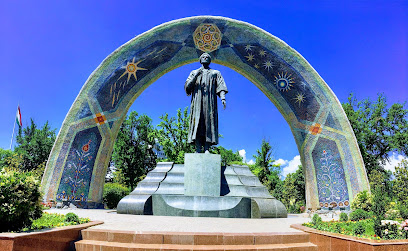
Kamoli Khujandi Park
Explore the lush landscapes and serene atmosphere of Kamoli Khujandi Park, a natural oasis in the heart of Khujand, Tajikistan.
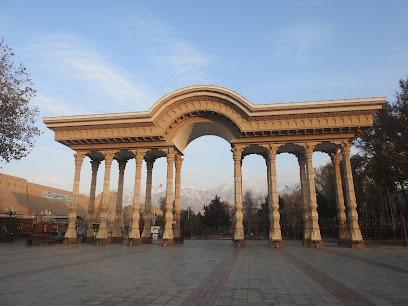
Hisor Fortress
Explore Hisor Fortress in Tajikistan, a historical marvel with stunning views and rich cultural heritage, perfect for history enthusiasts and nature lovers alike.
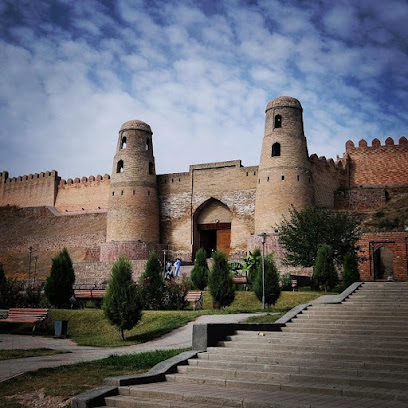
Somoni Park
Discover the beauty of Somoni Park in Khujand, a serene retreat with stunning landscapes and cultural monuments, perfect for all travelers.
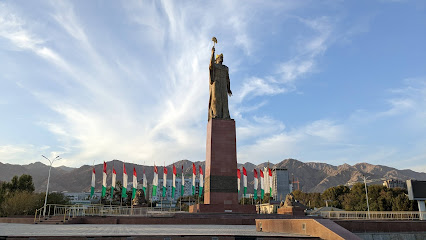
Kal'ai Mug
Explore the historical Kal'ai Mug fortress in Istaravshan, a treasure of Tajikistan's rich cultural heritage and stunning landscapes.
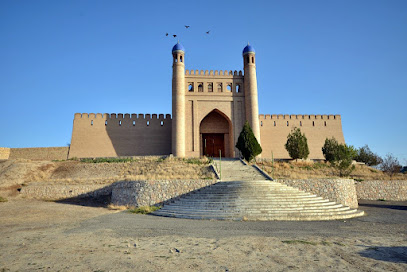
Sughd Region Museum
Explore the Sughd Region Museum in Khujand for a deep dive into Tajikistan's history, culture, and the legacy of the Silk Road.
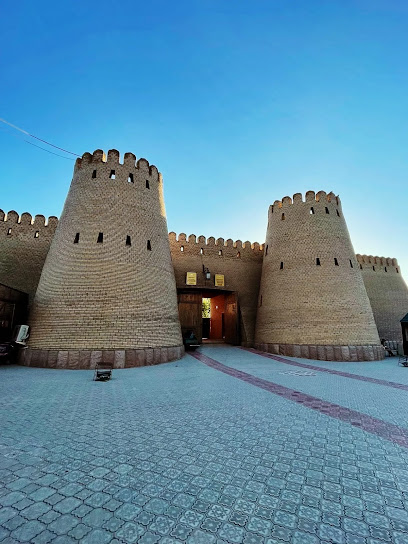
Rudaki Monument
Discover the beauty and cultural significance of the Rudaki Monument, a tribute to one of Persia's greatest poets, in Khujand, Tajikistan.
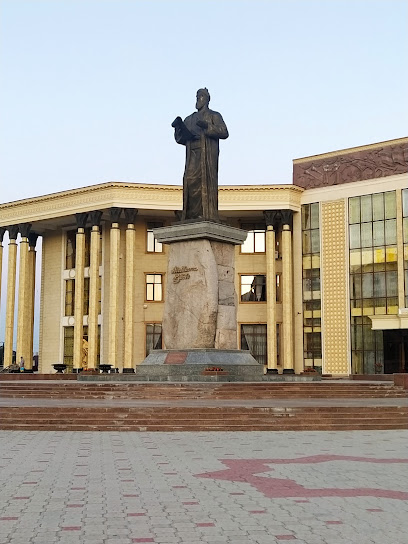
National Museum of Antiquities of Tajikistan
Explore the National Museum of Antiquities in Dushanbe, where Tajikistan's rich history and unique artifacts come to life.
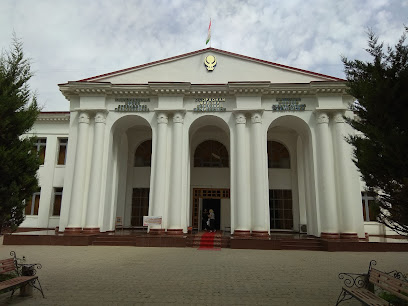
Kamal Khujandi Statue
Discover the cultural essence of Tajikistan at the Kamal Khujandi Statue, an iconic historical landmark in Khujand, honoring the legacy of a national hero.
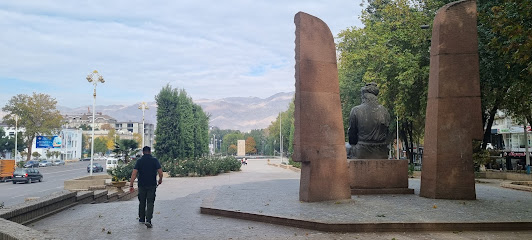
Arbob Palace
Explore the majestic Arbob Palace in Khujand, a beautiful blend of architectural splendor and rich Tajik culture, perfect for every traveler.
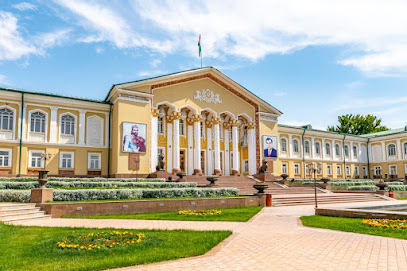
Mug Tepe fort
Explore Mug Tepe Fort in Istaravshan, Tajikistan, a historical landmark steeped in rich culture and breathtaking views.
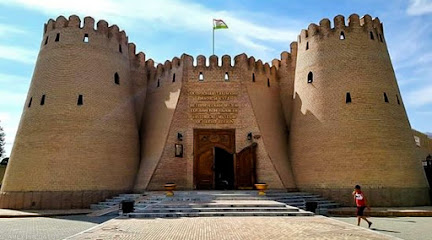
Maschidi Khazrati Shokh
Discover the architectural beauty and serene ambiance of Maschidi Khazrati Shokh, a must-visit mosque in Istaravshan, Tajikistan, reflecting rich cultural heritage.
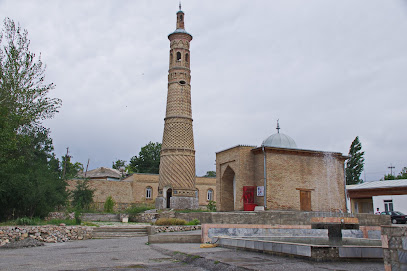
Bust of Lenin
Explore the cultural significance of the Bust of Lenin in Istaravshan, a captivating monument reflecting Tajikistan's Soviet-era heritage.
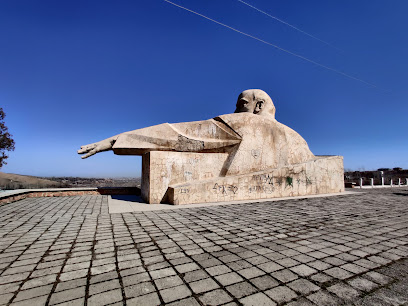
Statue of Lenin
Discover the Statue of Lenin in Khujand, a striking historical landmark that reflects the city's Soviet heritage amidst a vibrant local culture.
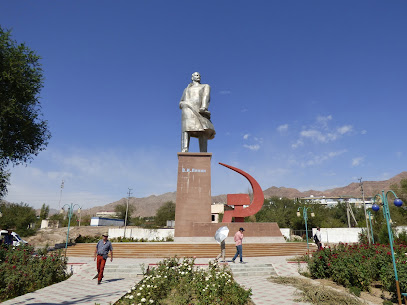
Mosque Muhammad Iqbal
Explore the Mosque Muhammad Iqbal in Istaravshan, a stunning architectural gem reflecting the beauty of Islamic culture and spirituality.
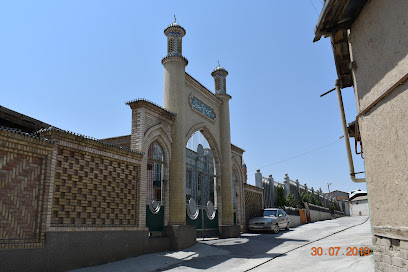
Unmissable attractions to see
Somoni Park
Explore the lush landscapes and cultural monuments of Somoni Park, a serene oasis in Khujand, Tajikistan, perfect for relaxation and discovery.
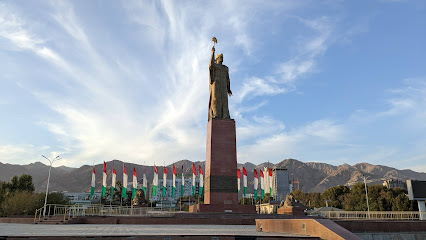
Stella Khujand
Explore Stella Khujand, a tourist attraction featuring a stunning relief map of Tajikistan and a vibrant atmosphere, perfect for cultural immersion.
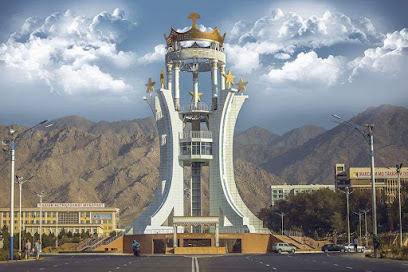
Bust of Lenin
Explore the Bust of Lenin in Istaravshan, a symbol of the city's rich history and a captivating tourist attraction set in the heart of Tajikistan.
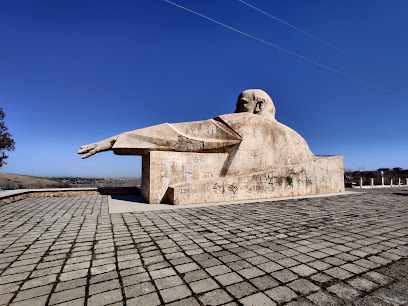
Attraction
Explore the stunning landscapes and rich culture of Gafurov, Tajikistan's hidden gem, offering unforgettable experiences for every traveler.
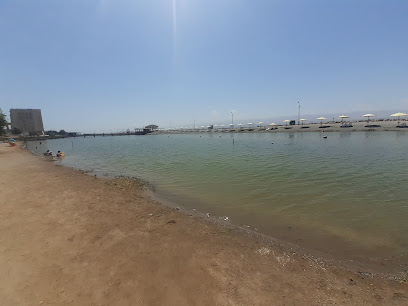
The national emblem of Tajikistan
Explore the National Emblem of Tajikistan in Istaravshan, a vivid representation of the country's culture and history amidst stunning natural landscapes.
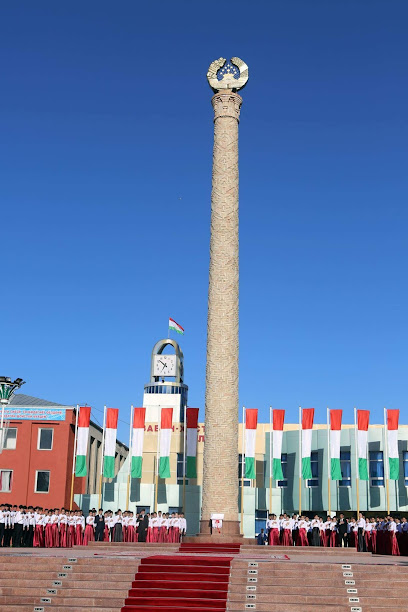
Essential places to dine
Farovon
Experience authentic Tajik cuisine at Farovon - where every bowl tells a story.
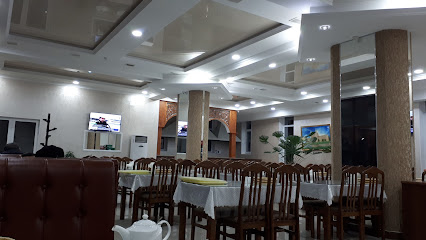
Тарабхонаи Гулдаста
Discover authentic Tajik flavors at Тарабхонаи Гулдаста in Istaravshan - a culinary journey steeped in tradition and warmth.
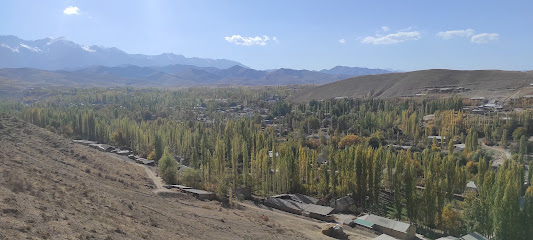
Restoran Istaravshan
Savor authentic Tajik cuisine at Restoran Istaravshan – where tradition meets taste in every delicious dish.
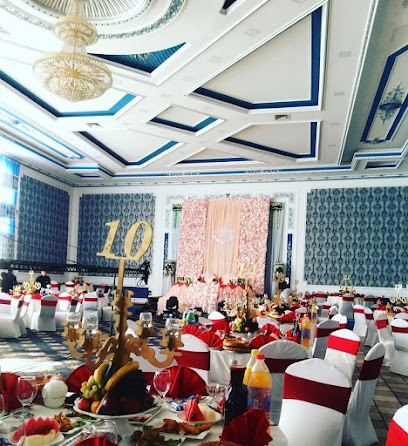
Restoran Saburi
Experience authentic Tajik cuisine at Restoran Saburi, a culinary gem in Istaravshan offering delightful dishes and warm hospitality.
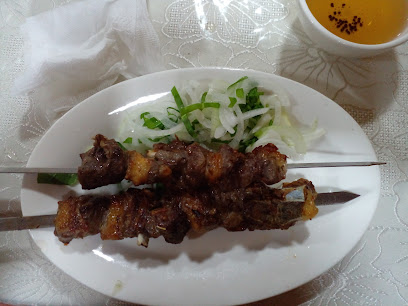
Restoran Poshkent
Experience authentic Tajik cuisine at Restoran Poshkent in Istaravshan – where tradition meets taste!

Oshkhonai Umedzhon
Discover authentic Tajik flavors at Oshkhonai Umedzhon in Istaravshan – a culinary experience that delights every visitor's palate.
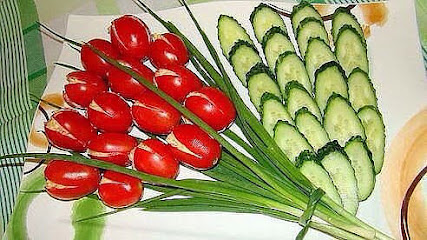
Тарабхонаи Абдуфатоҳ
Discover the flavors of Tajikistan at Тарабхонаи Абдуфатоҳ, where authentic dishes meet warm hospitality in Istaravshan.
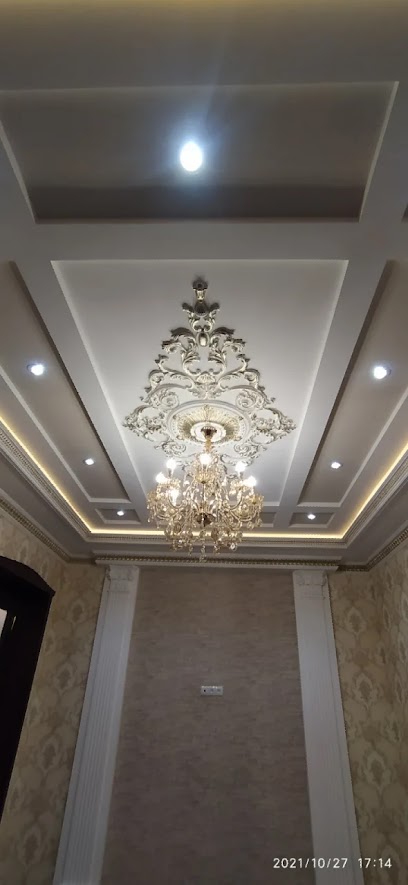
National Food Sambusa Guli Surkh №1
Experience authentic Tajik cuisine at National Food Sambusa Guli Surkh №1 – where every bite tells a story of tradition.
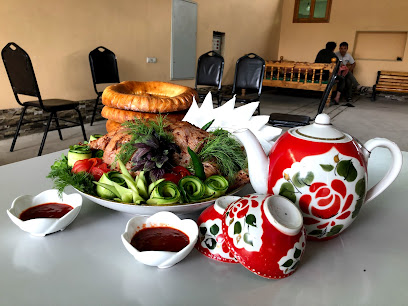
Oshi Kirpichnyy
Experience authentic Tajik cuisine at Oshi Kirpichnyy in Istaravshan - where tradition meets flavor.
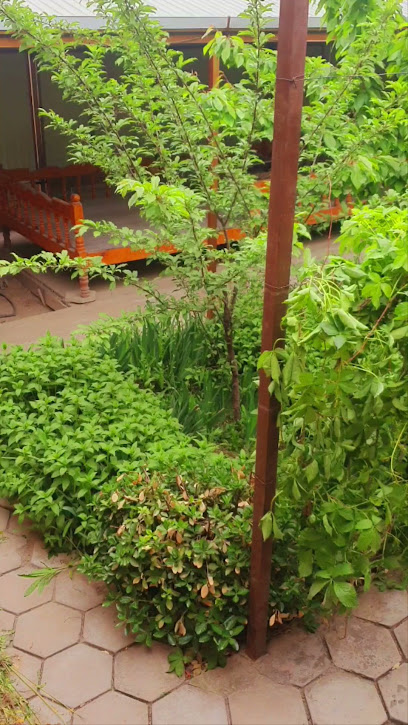
Бахор Plaza
Experience authentic Tajik cuisine at Бахор Plaza in Istaravshan - a self-service restaurant where flavors come alive.
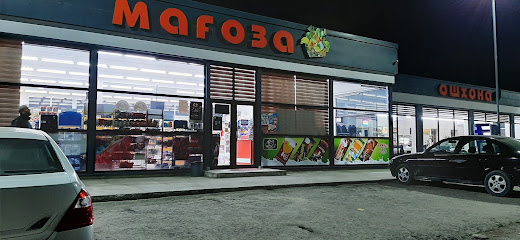
Oshkhonai Azizon
Experience authentic Tajik cuisine at Oshkhonai Azizon in Istaravshan - where tradition meets flavor in every dish.
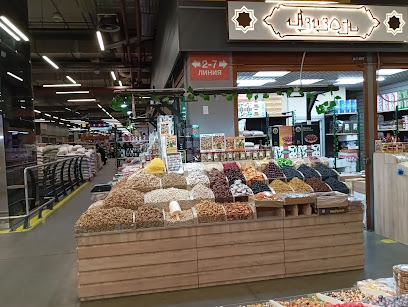
Ҳоҷи Анвар Шашлик
Discover the authentic flavors of Tajik cuisine at Ҳоҷи Анвар Шашлик in Istaravshan - home to mouthwatering grilled delights.

Restoran Azizi
Experience authentic Tajik cuisine at Restoran Azizi in Istaravshan—where tradition meets taste in a charming setting.
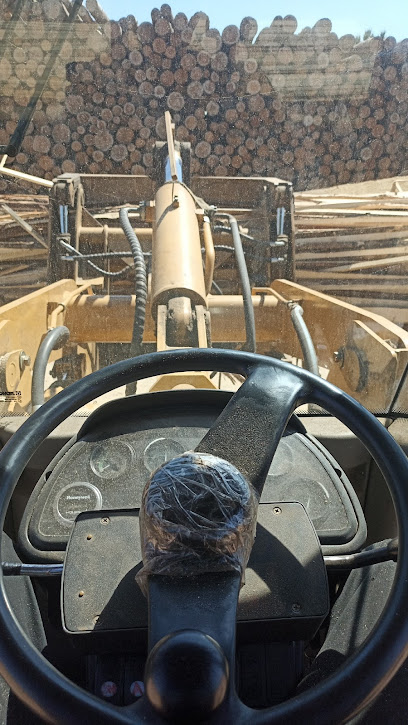
Choykhonai Boboi Abdullo Balandi
Discover authentic Tajik flavors at Choykhonai Boboi Abdullo Balandi – where tradition meets taste in Istaravshan.
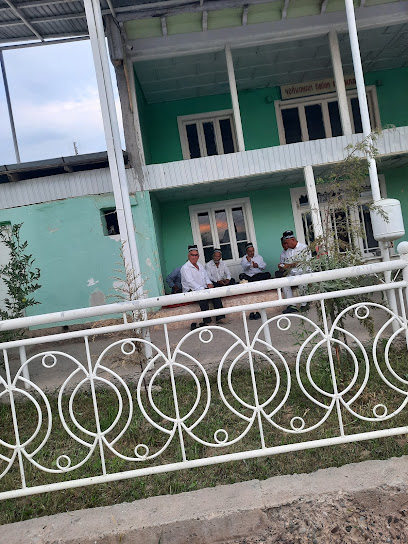
Burger Orzu
Experience delectable fast food at Burger Orzu in Istaravshan - where traditional flavors meet modern tastes.
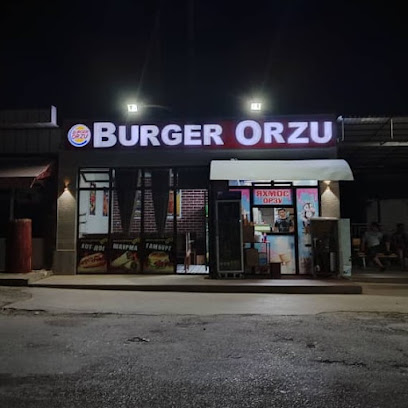
Markets, malls and hidden boutiques
Guli Surkh
Explore Guli Surkh in Istaravshan: a vibrant shopping mall blending local culture, dining, and an array of retail experiences.
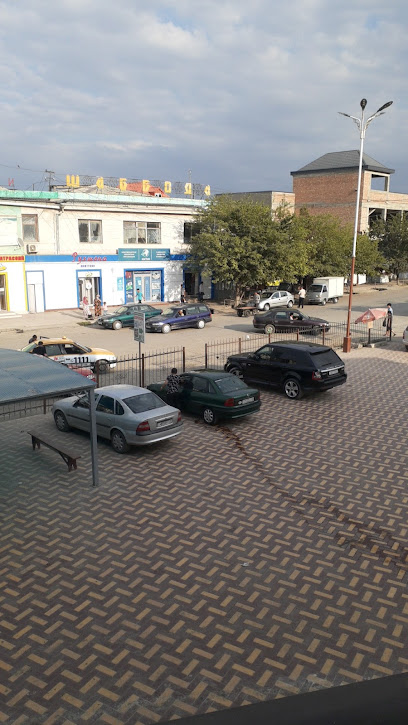
Shirin
Explore the vibrant local culture at Shirin, the supermarket in Istaravshan offering fresh produce and unique Tajik products.
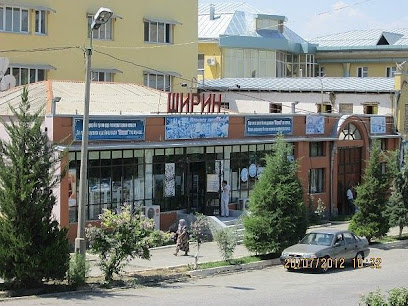
Magazin Rakhmanov Sukhrob
Explore the cultural treasures of Tajikistan at Magazin Rakhmanov Sukhrob, your go-to store for authentic local crafts and souvenirs.
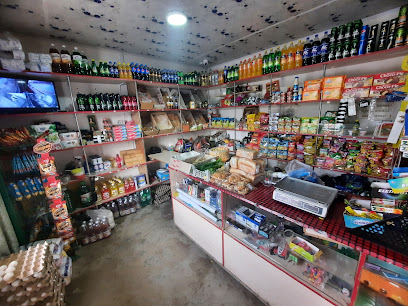
Magazin Ravshani
Explore the vibrant Magazin Ravshani in Istaravshan for an authentic shopping experience that showcases local culture and craftsmanship.
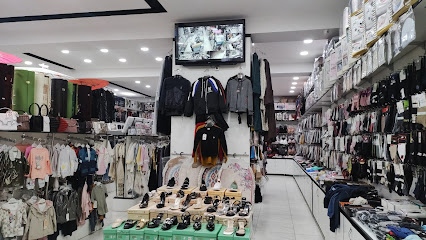
Magozai Daler
Experience the lively shopping scene at Magozai Daler, Istaravshan, where local culture meets unique retail offerings.
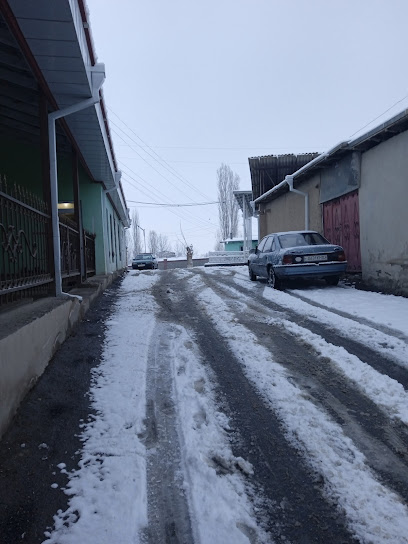
Магазини тоҷ
Discover the colorful and rich marketplace of Магазини тоҷ in Istaravshan, a treasure trove of local crafts, produce, and authentic Tajik experiences.

Магазин Самарқанд
Explore the vibrant local culture and unique products at Магазин Самарқанд in Istaravshan, a must-visit destination for every traveler.

Tajikistan G.istaravshan. Ulitsa Karobek
Experience the vibrant culture of Istaravshan through its local store, offering unique handicrafts and authentic Tajik products.

TAJSPORT
Experience the essence of Tajik shopping at TAJSPORT, where local culture meets modern convenience in Istaravshan.
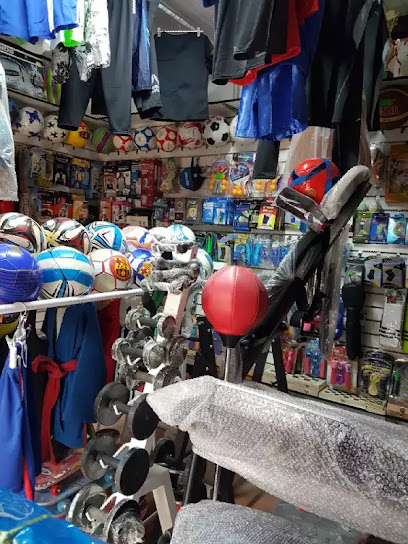
Шиму-Кастум Ҳоҷи Бахтиёр
Explore traditional and modern clothing at Шиму-Кастум Ҳоҷи Бахтиёр, a cultural treasure in Istaravshan, Tajikistan.
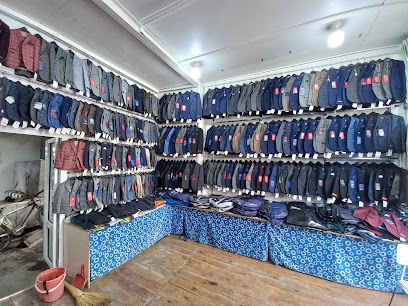
Markazi Savdo Rustam
Shop unique handicrafts and immerse yourself in the rich culture of Istaravshan at Markazi Savdo Rustam, a must-visit store in Tajikistan.

Tajshop Женский магазин
Explore Tajshop in Istaravshan for a unique selection of women's clothing that blends traditional Tajik styles with modern fashion trends.

Gulkhoi Zinda
Discover the vibrant floral artistry at Gulkhoi Zinda, the premier florist in Istaravshan, Tajikistan, showcasing nature's beauty and local culture.
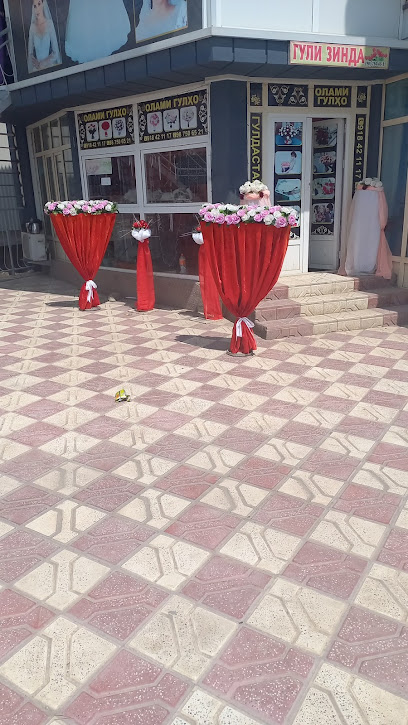
Мағозаи Ситора
Explore authentic Tajik craftsmanship at Мағозаи Ситора, a cultural gem in Istaravshan offering unique souvenirs and local artistry.

Magazin Ekhsonchon
Discover the vibrant offerings at Magazin Ekhsonchon in Istaravshan, where local culture meets shopping bliss.
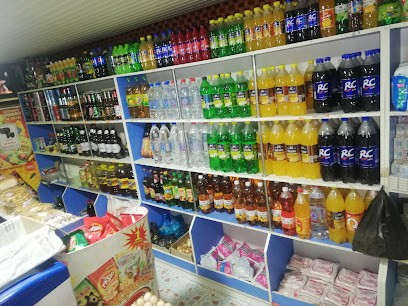
Essential bars & hidden hideouts
Best Bar City
Experience Dushanbe's vibrant nightlife at Best Bar City, a premier live music venue with an electric atmosphere and a diverse drink selection.
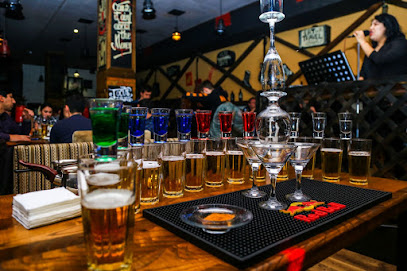
Tutovnaya Plantatsiya Babayeva Farrukha
Discover the vibrant atmosphere and local flavors at Tutovnaya Plantatsiya Babayeva Farrukha, the premier bar in Proletarsk, Tajikistan.
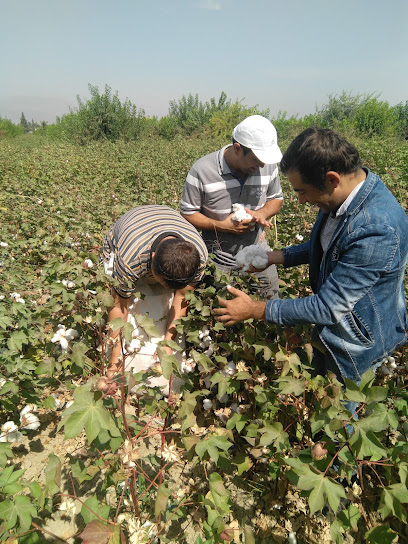
Bar Abdumavlon
Experience local flavors and vibrant ambiance at Bar Abdumavlon, the top bar destination in Proletarsk, Tajikistan.

Bar Sharshara
Unwind at Bar Sharshara, a local favorite in Proletarsk, Tajikistan, where authentic drinks and vibrant atmosphere await you.
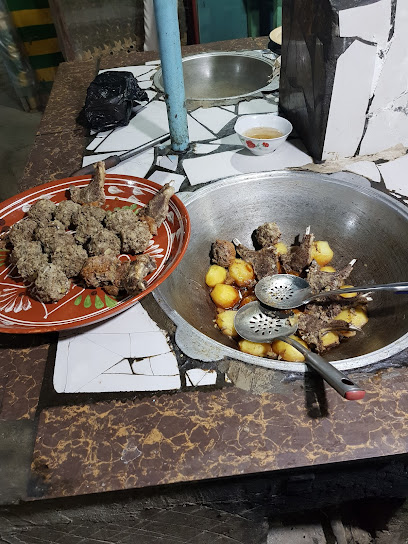
Fayz
Experience the vibrant culture of Khujand at Fayz, a lively bar offering local drinks and a welcoming atmosphere for tourists.

Hotam ova
Discover the cozy charm of Hotam Ova, a local bar in Spitamen, Nov, Tajikistan, perfect for unwinding and experiencing authentic culture.
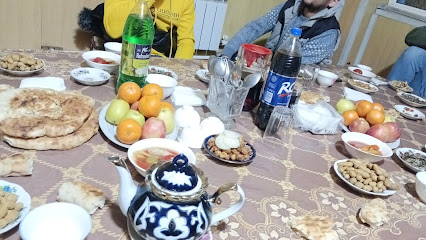
Kafe Ekhson
Discover the warmth and charm of Kafe Ekhson, a cozy bar in Qatagan, Tajikistan, perfect for unwinding with local drinks.
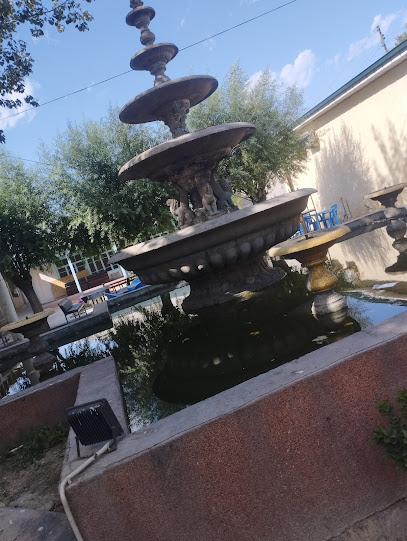
Oshkhonai Khayrullo
Discover the vibrant atmosphere of Oshkhonai Khayrullo, a bar in Ghonchi that offers a taste of local culture and exceptional hospitality.

Khayom95
Discover authentic Tajik hospitality and local flavors at Khayom95, Ghonchi's charming bar that blends tradition with a vibrant atmosphere.

Bil'yardnyy Dom
Experience the thrill of billiards and vibrant sports culture at Bil'yardnyy Dom, Shakhristan's ultimate sports bar.

Бар Фарҳод
Discover the vibrant local culture at Бар Фарҳод, a lively bar in Ghoziyon, Tajikistan, perfect for unwinding and socializing with locals and fellow travelers.

Таги ёнғоқ1
Explore the heart of Proletarsk at Таги ёнғоқ1, a lively bar that embodies local culture and offers a cozy atmosphere for relaxation.

Kukiboyev Safarali
Discover Kukiboyev Safarali in Istaravshan: where local flavors meet a cozy atmosphere in the heart of Tajikistan.

Piv Bar Zamir
Discover the enchanting atmosphere of Piv Bar Zamir in Ghonchi, where live piano music meets exceptional drinks for an unforgettable night out.

Oshkhonai Shokhin
Oshkhonai Shokhin: The heart of Ghonchi's nightlife, offering local drinks and a vibrant atmosphere for travelers seeking authentic experiences.

Local Phrases
-
- HelloСалом
[Salom] - GoodbyeХайр
[Khayr] - YesҲа
[Ha] - NoНе
[Ne] - Please/You're welcomeЛутфан
[Lutfan] - Thank youРаҳмат
[Rahmat] - Excuse me/SorryМағзиб
[Magzib] - How are you?Шумо чӣ хел?
[Shumo chi khel?] - Fine. And you?Хубам. Шумо чӣ хел?
[Khobam. Shumo chi khel?] - Do you speak English?Шумо забони англисиро мегуёнед?
[Shumo zaboni anglisiro meguyoned?] - I don't understandМан фаҳм неам
[Man fahm neam]
- HelloСалом
-
- I'd like to see the menu, pleaseЛутфан, менюро беҳтарин мехоҳам
[Lutfan, menyuro behtar mohoham] - I don't eat meatМан гӯшт хӯрок намехӯрам
[Man gusht khurok namehuram] - Cheers!Тӯт!
[Tut!] - I would like to pay, pleaseЛутфан, мехоҳам пул даҳам
[Lutfan, mohoham pul daham]
- I'd like to see the menu, pleaseЛутфан, менюро беҳтарин мехоҳам
-
- Help!Кӯмак кунед!
[Kumak kuned!] - Go away!Рафтан!
[Raftan!] - Call the Police!Пулисро хонанд!
[Pulisro khonand!] - Call a doctor!Духтурро хонанд!
[Dukhturro khonand!] - I'm lostМан ғафлат гирифтаам
[Man ghaflat giriftam] - I'm illМан беморам
[Man bemoram]
- Help!Кӯмак кунед!
-
- I'd like to buy...Ман мехоҳам каридан ...
[Man mohoham karidan ...] - I'm just lookingМан танғири мекунам
[Man tangiri mekunam] - How much is it?Ин чанд меқад?
[In chand meqad?] - That's too expensiveИн хеле қимат баланд аст
[In hele qimat baland ast] - Can you lower the price?Шумо меқадро кам мекунед?
[Shumo meqadro kam mekuned?]
- I'd like to buy...Ман мехоҳам каридан ...
-
- What time is it?Кадом соат аст?
[Kadom soat ast?] - It's one o'clockСоат як буд
[Soat yak bud] - Half past (10)Ним соат дасх
[Nim soat dash] - MorningСубҳ
[Subh] - AfternoonБаҳр
[Bahr] - EveningШаб
[Shab] - YesterdayДирӯз
[Diroz] - TodayИмруз
[Imruz] - TomorrowПагоҳ
[Pagoh] - 1Як
[Yak] - 2Ду
[Du] - 3Се
[Se] - 4Чор
[Chor] - 5Панҷ
[Panj] - 6Шаш
[Shash] - 7Ҳафт
[Haft] - 8ҳашт
[hasht] - 9ноҳ
[noh] - 10даҳ
[dah]
- What time is it?Кадом соат аст?
-
- Where's a/the...?Куҷост ...?
[Kujo ...?] - What's the address?Сурохиёти куҷост?
[Surokhiyoti kujo ...?] - Can you show me (on the map)?Шумо метавонед манро (дар харита) бинишед?
[Shumo metavoned manro (dar harita) binished?] - When's the next (bus)?Қаҳро кадом вақт метавонем китобат кунем?
[Qahro kadom vaqt metavonem kitobat kunem?] - A ticket (to ....)Ҳарифа (ба ...)
[Harifa (ba ...)]
- Where's a/the...?Куҷост ...?
History of Istaravshan
-
Istaravshan, formerly known as Ura-Tube, boasts a rich history that dates back over 2,500 years. It is one of the oldest cities in Central Asia and was part of the ancient Persian Empire. The city's strategic location made it a vital trading and cultural hub on the Silk Road.
-
In 329 BCE, Alexander the Great captured Istaravshan during his conquest of the Persian Empire. The city was known as Cyropolis at the time and was strategically important. Alexander's forces faced fierce resistance, but ultimately, the city fell under his control, marking a significant event in its history.
-
During the 9th and 10th centuries, Istaravshan flourished under the rule of the Samanid Empire. It became a prominent center for Islamic culture and learning. The period saw the construction of many architectural marvels, including mosques and madrasas, which influenced the city's cultural and religious landscape.
-
In the early 13th century, Istaravshan faced devastation during the Mongol invasions led by Genghis Khan. The city was significantly damaged, and its population suffered greatly. Despite this, Istaravshan managed to rebuild and recover over the following centuries.
-
The 14th and 15th centuries marked a renaissance period for Istaravshan under the Timurid Dynasty. The city experienced a cultural and architectural revival, with the construction of stunning buildings such as the Kok-Gumbaz Mosque and the Hazrat-i-Shah Mausoleum, which still stand today.
-
In the 20th century, Istaravshan became part of the Soviet Union. The city underwent significant modernization and industrialization during this period. Soviet influence brought new educational institutions, infrastructure, and an increase in literacy rates, profoundly impacting the city's development.
-
After the dissolution of the Soviet Union in 1991, Istaravshan became part of the newly independent Republic of Tajikistan. The city has since been working to preserve its rich historical and cultural heritage while also adapting to modern challenges and opportunities.
Istaravshan Essentials
-
Istaravshan is located in the Sughd Province of Tajikistan. The nearest international airport is Khujand International Airport, approximately 80 kilometers away. From Khujand, you can take a taxi or a shared minibus (marshrutka) to Istaravshan. The journey typically takes around 1.5 to 2 hours by road. Alternatively, you can also reach Istaravshan by taking a domestic flight to Dushanbe, the capital of Tajikistan, and then traveling by road or train to Istaravshan.
-
Istaravshan is a relatively small city, and many of its attractions are within walking distance. For longer trips, local taxis are available and reasonably priced. Public buses and marshrutkas operate within the city and connect to nearby villages and towns. Renting a car can be a convenient option if you plan to explore the surrounding areas at your own pace.
-
The official currency in Tajikistan is the Tajikistani Somoni (TJS). Credit cards are accepted in some hotels, restaurants, and shops, but it is advisable to carry cash, especially in smaller establishments and rural areas. ATMs are available in Istaravshan, but it is wise to withdraw sufficient cash in Khujand or Dushanbe before traveling to ensure you have enough funds.
-
Istaravshan is generally a safe destination for tourists. However, like any travel destination, it is advisable to take standard precautions. Avoid walking alone at night in unfamiliar areas and keep an eye on your belongings in crowded places. While there are no specific high-crime areas targeting tourists, it is always best to stay vigilant and aware of your surroundings.
-
In case of emergency, dial 01 for fire, 02 for police, and 03 for medical emergencies. The local police station and medical facilities are available in Istaravshan. It is recommended to have travel insurance that covers medical emergencies. For minor health issues, there are pharmacies in the city where you can purchase over-the-counter medications.
-
Fashion: Do dress modestly, especially when visiting religious sites. Avoid wearing revealing clothing. Religion: Do respect local customs and traditions. Always cover your head when entering mosques and other religious sites. Public Transport: Do be respectful and give up your seat to elderly passengers. Don’t eat or drink on public transport. Greetings: Do greet people with a handshake. A slight bow of the head is also a sign of respect. Eating & Drinking: Do try local delicacies and accept food offerings graciously. Don’t refuse hospitality, as it is considered impolite.
-
To experience Istaravshan like a local, visit the local bazaars where you can buy fresh produce and traditional Tajik goods. Engage with locals, as they are often friendly and willing to share stories about the city’s history and culture. Don’t miss visiting the Mug Teppe, a historical site offering panoramic views of the city. For a unique experience, take part in a traditional Tajik tea ceremony, which is a key part of local culture.
Trending Landmark in Istaravshan
Nearby Cities to Istaravshan
-
Things To Do in Khujand
-
Things To Do in Djizak
-
Things To Do in Jizzakh
-
Things To Do in Panjakent
-
Things To Do in Vahdat
-
Things To Do in Dushanbe
-
Things To Do in Angren
-
Things To Do in Tashkent
-
Things To Do in Tursunzoda
-
Things To Do in Samarkand
-
Things To Do in Chirchiq
-
Things To Do in Shakhrisabz
-
Things To Do in Namangan
-
Things To Do in Shymkent
-
Things To Do in Andijan





